Why Pakistanis Were Targeted In Kyrgyzstan

Pakistani students face xenophobic violence in Kyrgyzstan, prompting diplomatic concerns and student evacuations.

Pakistani students face xenophobic violence in Kyrgyzstan, prompting diplomatic concerns and student evacuations.
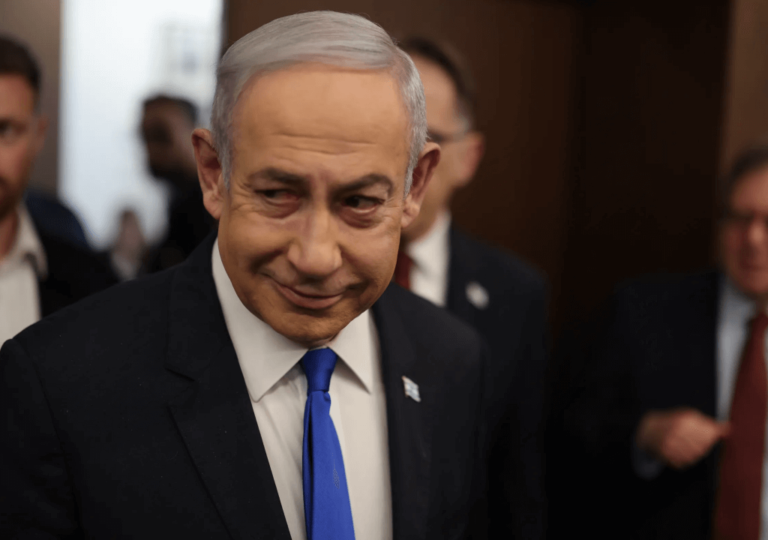
ICC demands arrest of Israeli leaders for war crimes in Gaza, sparking global debate and potential sanctions.
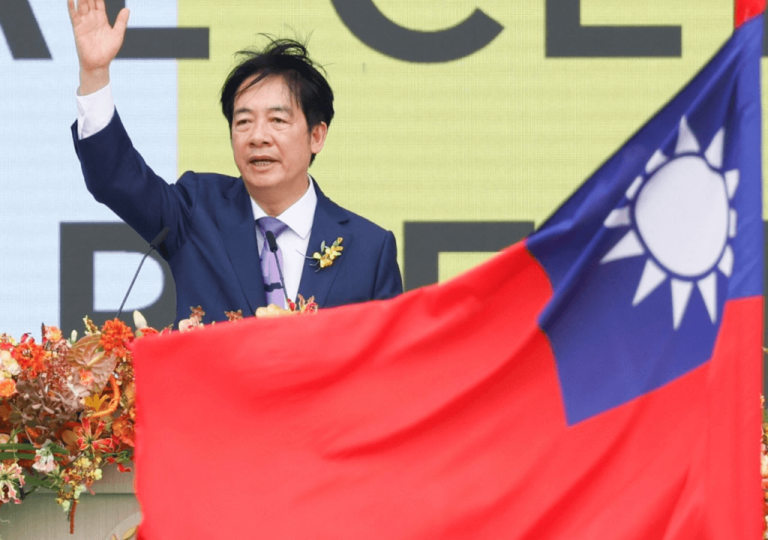
Lai Ching-te, Taiwan's new president, takes a moderate stance on China while focusing on domestic issues like housing costs and wealth divide.
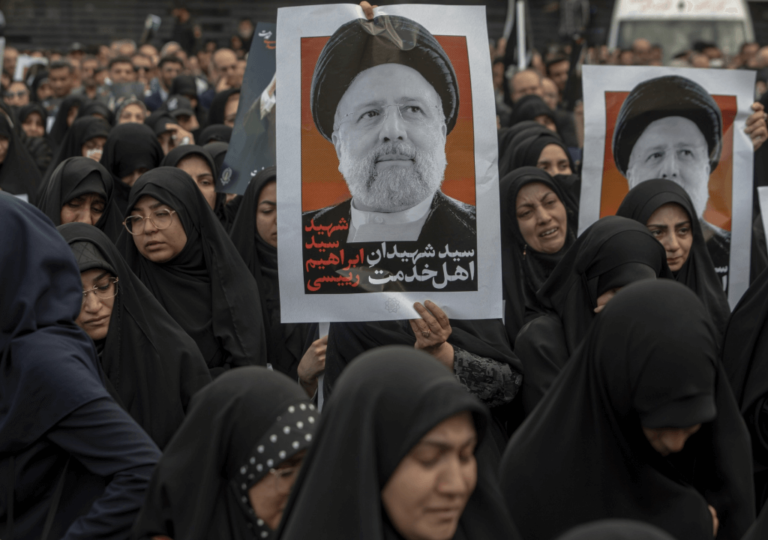
Iranian President Ebrahim Raisi dies in helicopter crash, sparking celebrations and questions about the future of the Islamic Republic.
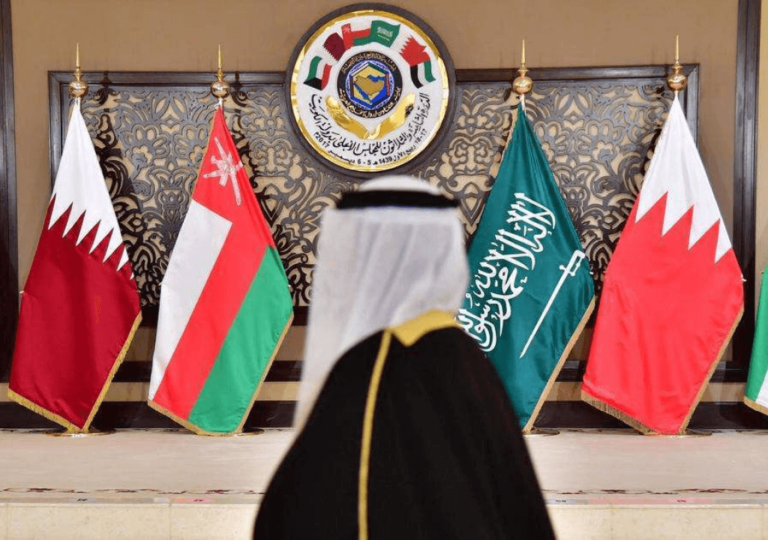
Amid trade wars, the EU's single market models economic cooperation, inspiring others like the Gulf Cooperation Council to form unified markets and compete globally.
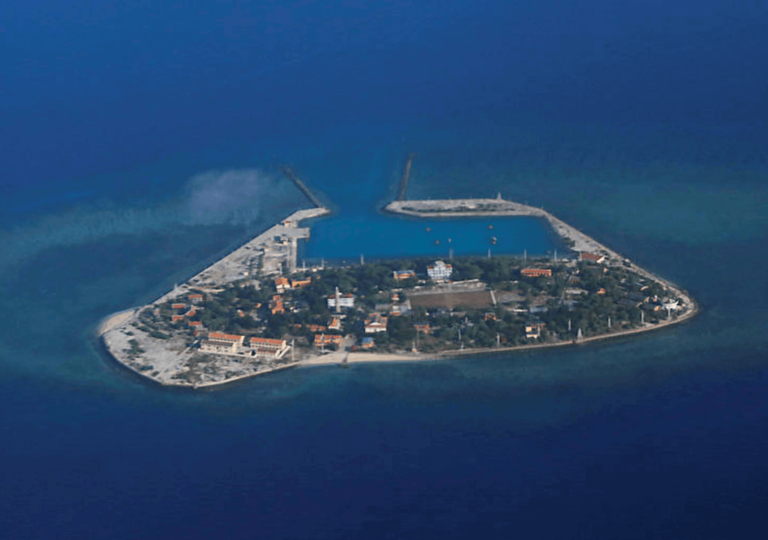
Escalating South China Sea disputes as nations reclaim land, with China, Vietnam, and Philippines actively building on islands, complicating regional tensions.
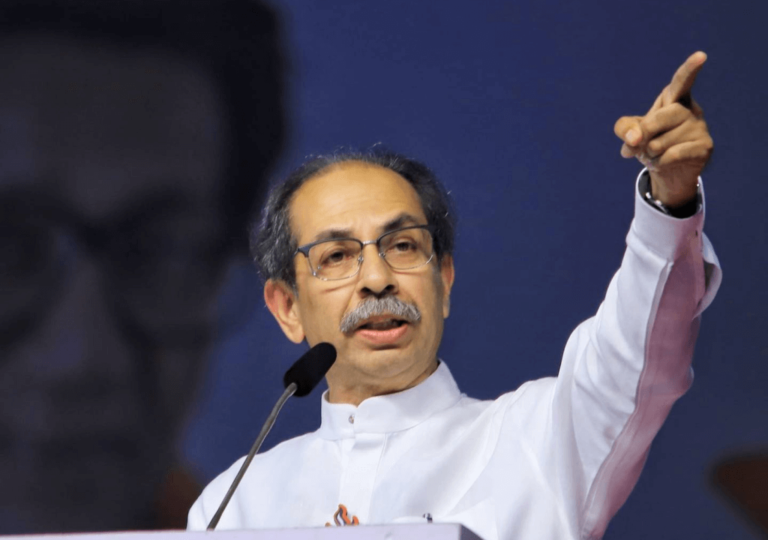
Maharashtra's political landscape sees former allies, BJP and Shiv Sena, now fierce rivals in a high-stakes battle for power, with alliances shifting and egos clashing.
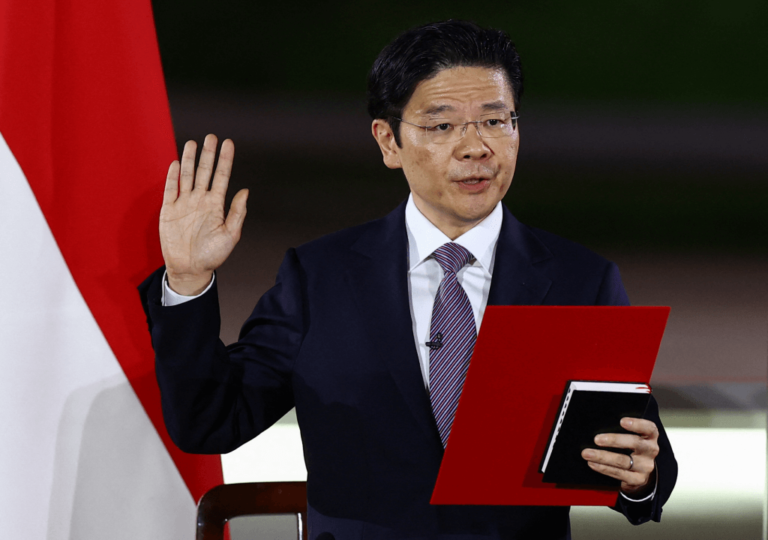
Singapore's PM Lee Hsien Loong steps down after 2 decades, passing the baton to Lawrence Wong, emphasizing continuity.
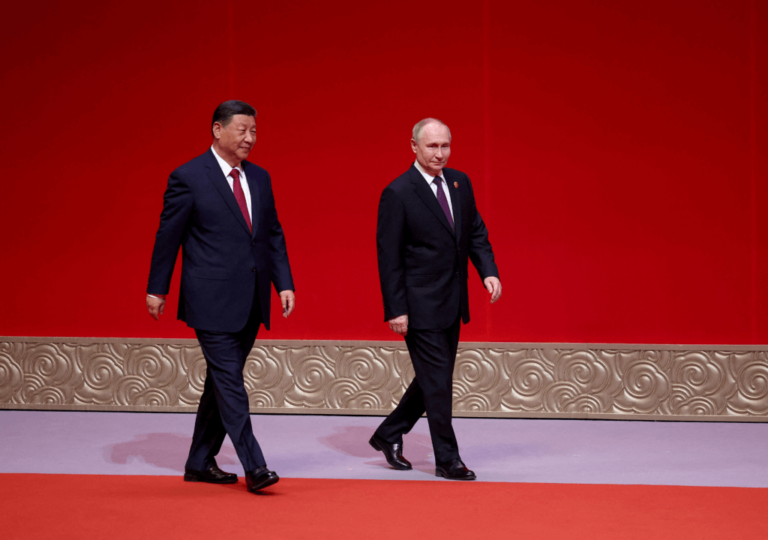
Putin and Xi showcase their "no-limits" friendship as Russia's isolation grows, with China gaining a strong ally and access to Russian markets.
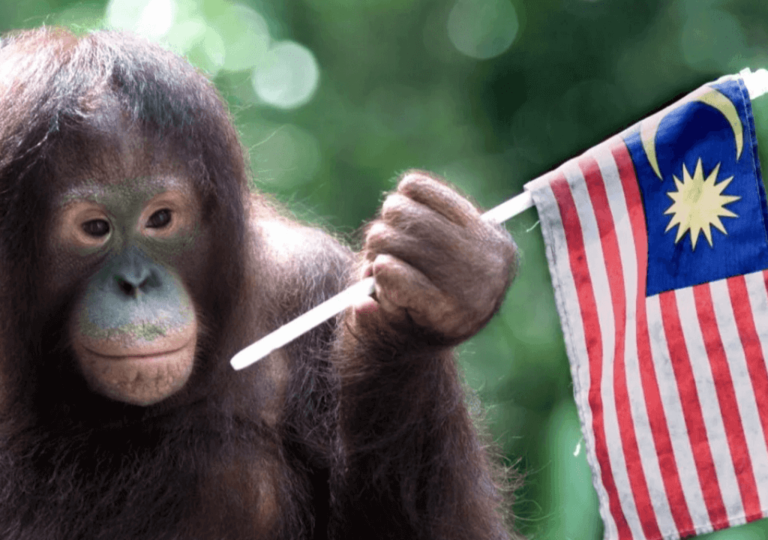
Malaysia adopts orangutan diplomacy to showcase commitment to nature conservation and ease concerns over palm oil deforestation.